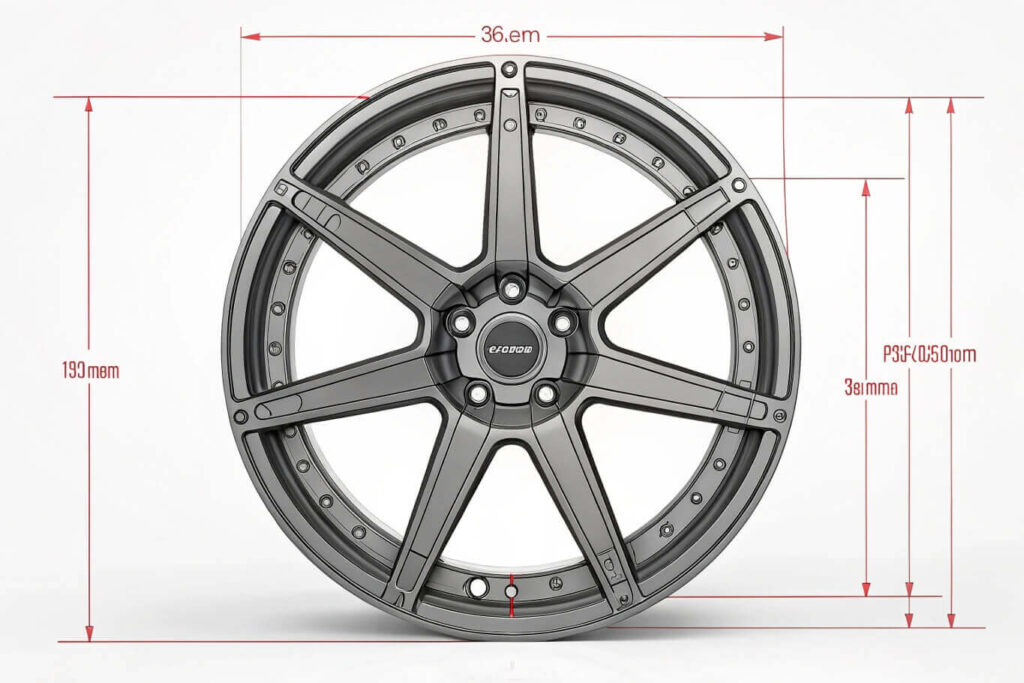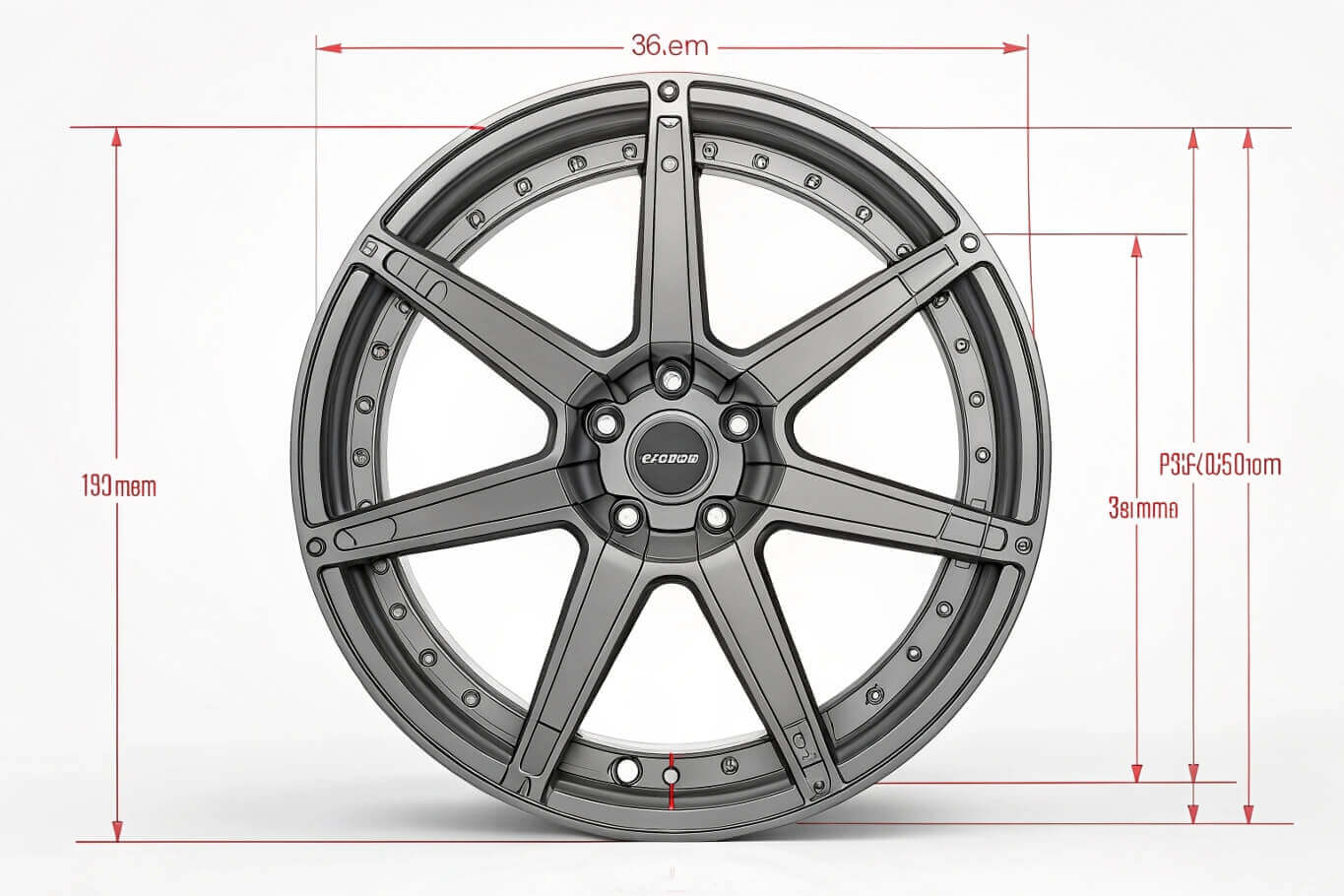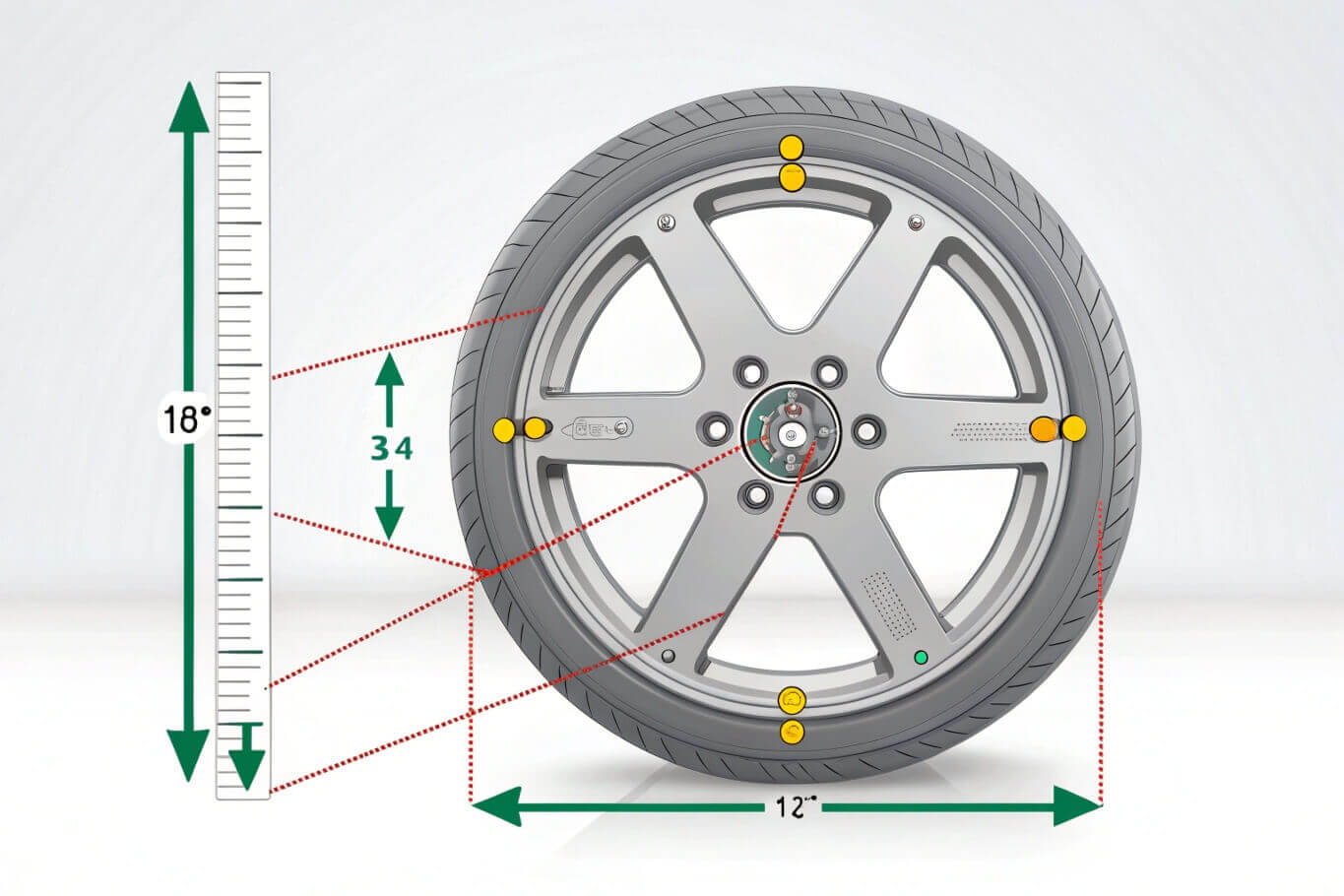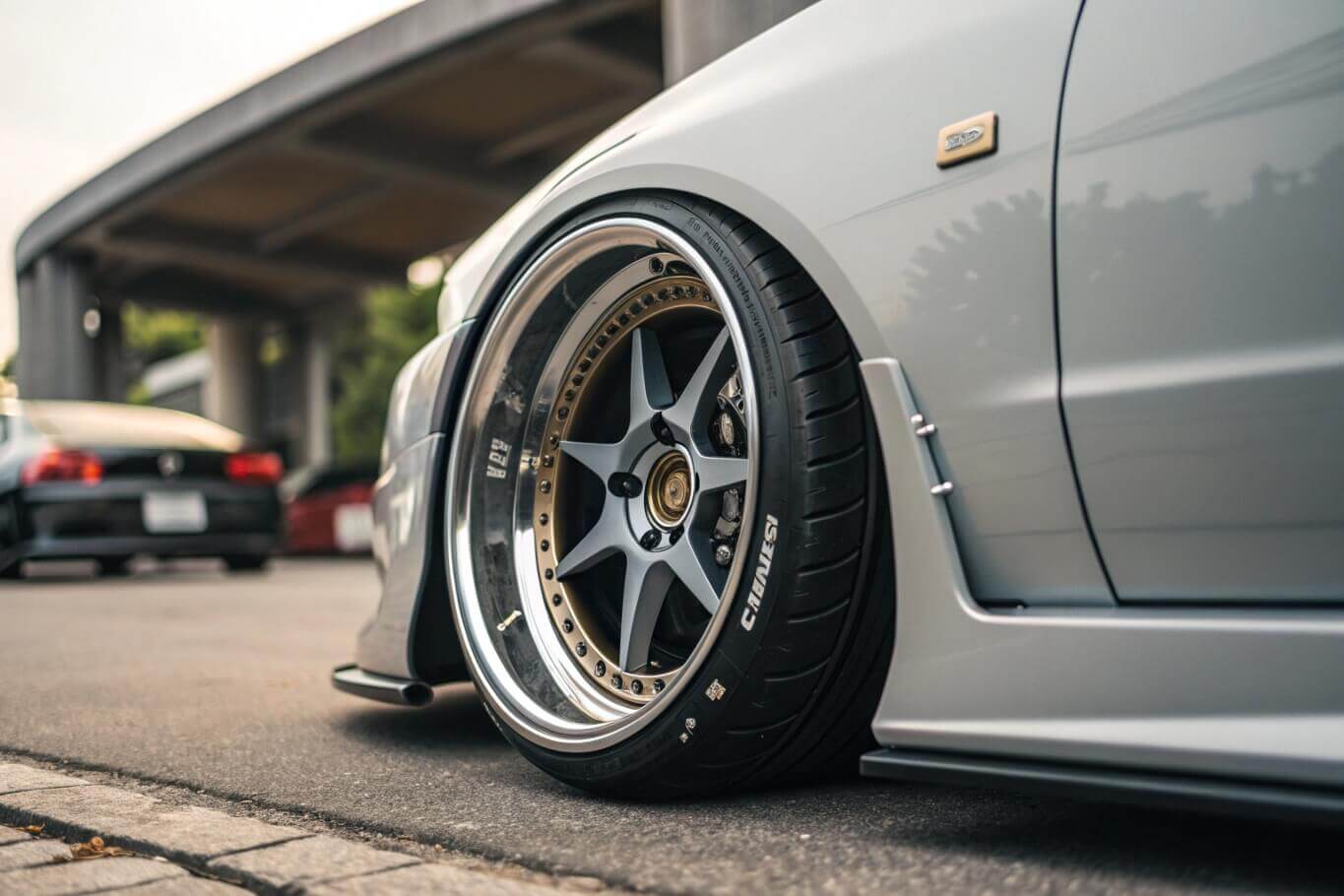Choosing wheels without understanding fitment often leads to rubbing, vibration, or unsafe handling. Wrong offset or bolt pattern means the wheels will never mount securely.
To pick the right wheels, you must match offset, bolt pattern, diameter, and hub bore. These factors ensure proper clearance, stability, and safe installation on your vehicle.
Wheels are not just style upgrades. They are precision parts that connect tires, brakes, and suspension. Let’s answer key questions about offset and bolt patterns.
How do I know what wheel offset I need?
Offset decides how far wheels sit inside or outside the fender. Wrong offset causes rubbing or a weak stance.
You know your wheel offset by checking the stock specifications in your manual or reading markings on the back of the rim. Use online fitment tools for confirmation.
Dive deeper: Checking offset properly
Offset is marked as ET followed by a number, e.g., ET35. This is measured in millimeters.
- Check the rim: Look for ET marking behind the spokes.
- Vehicle manual: Lists recommended offsets.
- Fitment calculators: Compare stock vs. aftermarket options.
| Vehicle Type | Typical Offset | Reason |
|---|---|---|
| Compact cars | +35 to +45 | Clearance and stability |
| SUVs | +30 to +40 | Wider tires, brake clearance |
| Trucks | 0 to +20 | Aggressive stance, heavy load |
In my experience, staying within ±5 mm of the stock offset ensures safety while allowing mild styling changes.
What is the rule for wheel offset?
Offset rules are often misunderstood, leading buyers to pick rims that look good but perform badly.
The rule is simple: keep offset as close as possible to factory settings. Too much deviation causes clearance issues or poor handling.
Dive deeper: Positive vs. negative offset
- Positive offset (+): Mounting surface is closer to the outside. Wheel tucks in.
- Negative offset (–): Mounting surface is closer to the inside. Wheel sticks out.
- Zero offset (0): Mounting is at the centerline.
| Offset | Effect | Common Use |
|---|---|---|
| +40 | More clearance, safe fit | Passenger cars |
| +20 | Wider stance, less clearance | SUVs |
| 0 | Balanced look, equal stress | Off-road builds |
| –20 | Aggressive stance | Trucks, lifted vehicles |
The “rule” is to balance appearance with safety. Staying within the manufacturer’s range is always the safest choice.
What are common wheel offset mistakes?
Many car owners chase style, not specs. This leads to wasted money and damaged components.
Common mistakes include choosing offsets far from stock, ignoring bolt patterns, or using spacers incorrectly. These errors cause rubbing, vibration, or suspension wear.
Dive deeper: Mistakes to avoid
- Extreme negative offset: Looks aggressive but strains bearings and suspension.
- Oversized positive offset: Wheels tuck too far inside, rubbing against brakes.
- Ignoring bolt pattern: Even a 2 mm mismatch prevents mounting.
- Cheap spacers: Add stress, unsafe for long-term use.
| Mistake | Consequence |
|---|---|
| Wrong offset | Rubbing, unsafe handling |
| Wrong PCD | Wheels cannot mount |
| Oversized rims | Speedometer errors, fuel waste |
| Spacer misuse | Bearing wear, vibration |
I always advise buyers: never sacrifice safety for looks. A wheel that barely fits will always cause problems down the road.
What offset sticks out more?
Many buyers want an aggressive stance but don’t know which offset achieves it.
A lower or negative offset makes wheels stick out more. The smaller the positive number, the more the rim pushes outward past the fender.
Dive deeper: How stance is created
Offset directly changes wheel position:
- High positive (+40 to +50): Wheel sits inside. Safe but less aggressive.
- Medium (+20 to +35): Slightly outward. Balanced stance.
- Zero (0): Neutral. Wheel aligns with centerline.
- Negative (–10 to –20): Wheel sticks out. Wide stance.
| Offset Value | Stance Look | Risk |
|---|---|---|
| +40 | Tucked in | Minimal clearance issues |
| +20 | Mildly outward | May rub on turns |
| 0 | Neutral flush | Aggressive but safe |
| –15 | Sticks out visibly | Fender rub, bearing stress |
In my factory consultations, many buyers ask for “wheels that stick out.” I always explain that negative offset achieves it, but proper fender and suspension clearance must be confirmed first.
Conclusion
Wheel fitment depends on offset, bolt pattern, diameter, and hub bore. Stick close to stock specs, avoid extreme offsets, and confirm patterns to ensure safe and stylish results.







